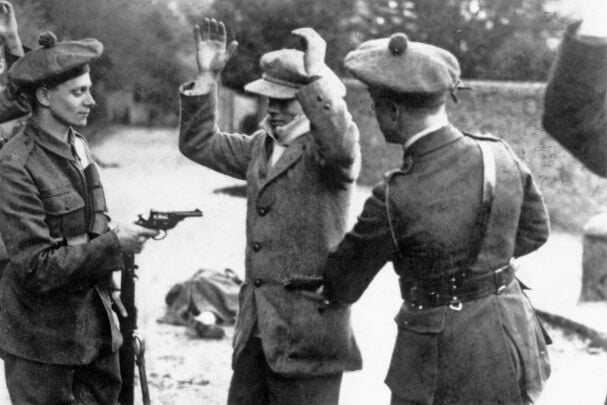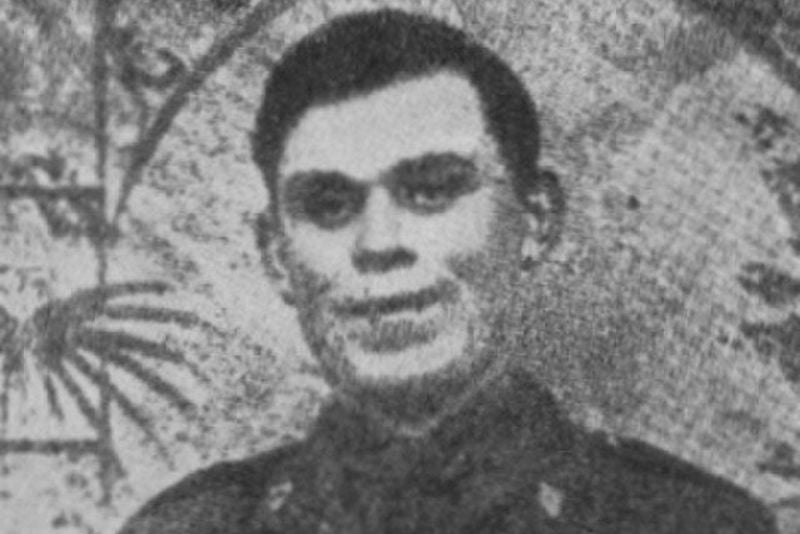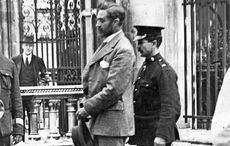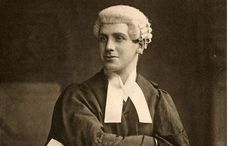When the Black and Tans arrived in Ireland in March 1920, they were meant to crush a rebellion. Instead, their savagery only strengthened it. Drawn from World War I veterans, their violence pushed ordinary Irish people closer to the republican cause—and ensured their name would live in infamy.
The arrival of the Black and Tans in March 1920 changed the entire complexion of the War of Independence. These ‘irregulars’ were established as a section of the Royal Irish Constabulary (RIC) and first appeared in the village of Upperchurch, Co. Tipperary.
The British government needed more troops in Ireland to maintain its position, and turned to demobilized soldiers from World War I who were unemployed. The name came from their uniforms that were black tunics and dark tan or khaki trousers, some with civilian hats, but most with green caps and black leather belts of the RIC. The name was given to them by Christopher O’Sullivan, editor of the Limerick Echo, who wrote that they reminded him of a pack of hunting dogs in Limerick: ‘Judging by the colour of their cap and trousers, they resembled something one would associate with the Scarteen Hunt.’ The Scarteen Black and Tans were well known for their savagery, as were the Tans.
The second British force to augment the regular armed forces was the ‘Auxiliaries’ (Auxies), who arrived September 1920. Auxiliary to the RIC, they were originally called the Temporary Cadets – they were ranked as ‘cadets’ but were ‘graded as RIC sergeants for the purpose of discipline’. They were apparently intractable, even to their own authority. To the Irish they were feared and hated most of all. By the end of the War of Independence in 1921 there would be over 7000 Black and Tans and 1500 Auxiliaries in the country.
Gen. Neville MacGready, the General Officer Commanding the British army in Ireland, refused to take responsibility for the RIC, the Black and Tans or the Auxiliaries and openly condemned their acts of indiscipline. This friction between the military and the police was a major factor in Britain’s failure to implement an effective security policy during 1920. By October 1920, the ‘King’s Writ’ no longer ran in many parts of Dublin or the countryside. All British forces were now being concentrated in the towns, or, at least, in very strong barracks, obviously with a view to shortening the front. The IRA/Volunteer forces opposing them were becoming stronger and highly organized, albeit with little overall coordination from Dublin.
However, there was also little coordination between the Royal Irish Constabulary, the Black and Tans, the Auxiliaries and the regular British army. As a result there was widespread hostility caused by the lack of control over the Tans and the Auxies, and it was often directed at any British official. Consequently the military was torn between those who thought it best to ride out the storm, letting politicians negotiate a settlement, and those who advocated sterner measures to stamp out the Volunteers completely.
Read more
Neither the Tans nor the Auxies exhibited much in the way of military discipline and the levels of violence and reprisals mounted daily. Their arrival and the brutality of their tactics drove many to support the IRA/Volunteers.
The Irish, ruled by the British for so long, now began to think of their resistance as patriotism. The revolution, which began as a mixture of individual Irish ideals, soon developed into something real and challenging to the British.
What did the Black and Tans achieve? They served no purpose for the British government as they simply failed to stop what the IRA was doing. However, they did succeed in getting the republican cause a great deal of civilian support simply because of their acts – people may not have joined the IRA, but they were supporters of it and gave what financial help they could to the movement. The Black and Tans were pulled out of Ireland in ignominy.
The Black and Tans remained in Ireland until the Truce in July 1921, and the last of them left Ireland in 1922. More than one-third of them died or left the service before they were disbanded along with the rest of the RIC, an extremely high wastage rate, and well over half received government pensions.
The name ‘Black and Tans’ is still anathema to all Irish.
For more on the Irish Rebellion period from 1916 to 1923, read "The Shadow War" and “The Terror War."
This article was submitted to the IrishCentral contributors network by a member of the global Irish community. To become an IrishCentral contributor click here.




Comments